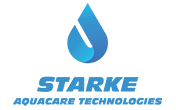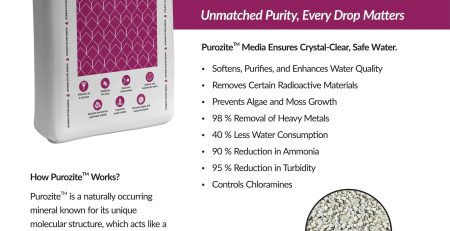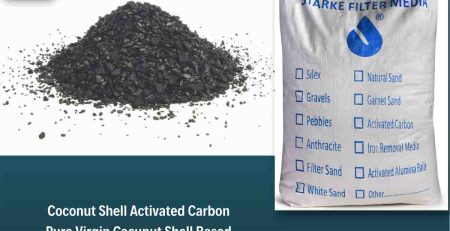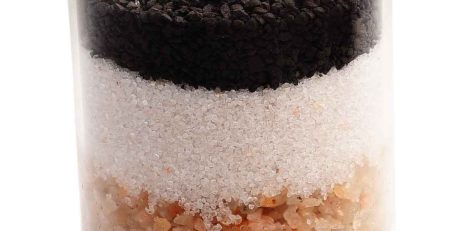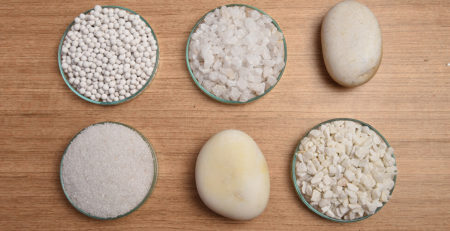Sand Blasting – Smooth Out Rough Surfaces
Sand blasting, also known as abrasive blasting, is a process where fine granular sand is applied using high pressure against a rough surface in order to smooth that surface out. In this process the abrasive material is propelled, either with a liquid or a gas (typically pressurized air) through a nozzle onto an uneven surface with the intent of evening it out. Sand blasting can be used on wood, walls, and other surfaces where smoothness is needed for paint or other applications. This sort of blasting can be done in a number of ways depending upon the results desired. Most common is a portable device that is sprayed on a large surface. If this method is used than the operator of the blaster should take precautions, such as not working in a confined area or wearing personal protective equipment, commonly known as PPE. Some methods (such as wetblasting, or sand blasting using water) negate the risk of airborne contaminants, but pose another risk in the form of wastewater. Also the use of certain materials, such as silica sand, is recommended to keep risk down. Another method of sand blasting is called containment blasting. In this method, the material to be smoothed is placed in an enclosed area where it is blasted with sand that is then recycled. This gives the advantage of not only reducing the risk of exposure to the operator but also the risk of weather conditions impacting the smoothing process. Still another alternative is known as vacuum blasting. This method not only blasts, but recovers the abrasives both for recycling and for keeping the area clean of contaminants. Whichever method is used, however, it is imperative that operators follow safety instructions rigorously and to the letter. This is something that is sometimes ignored in the rush to get a job done and should be reviewed on a regular basis so as not to let safety slack. Sand blasting can work wonders in evening out an uneven surface, but poses risks if not done properly. In addition to new methods and ways, operators need to be mindful of the safety hazards and risks posed by improper use of their tools. Failure to abide by these safety guidelines could lead to both short term and long term health risks, such as lung problems, in the future. But if done properly it is a great tool to speed up an otherwise time consuming job.
Process
Risks and conclusion
